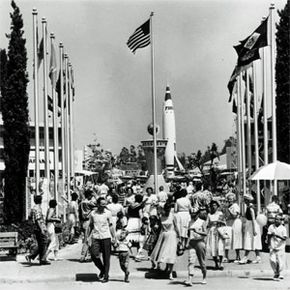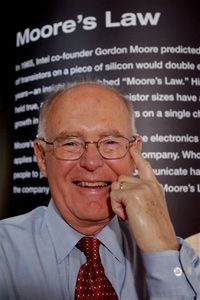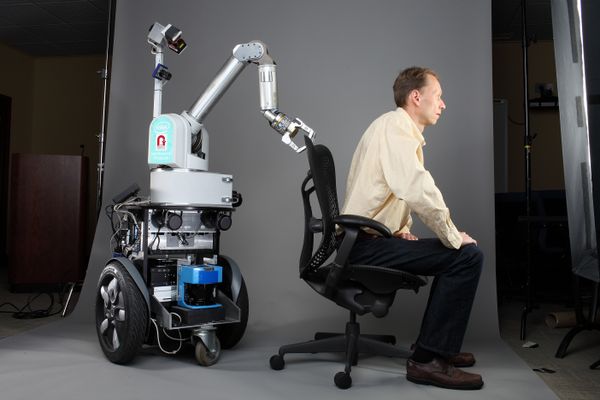The pages of myth, literature and newspaper horoscopes abound with prophecies, most of them derived from supernatural sources or pseudoscience. Even science fiction, which prefers its predictions plastered with at least the veneer of science, often defers to such tried-and-true tropes as psychic energies or time travel.
And then there's Hari Seldon, the oracle and cornerstone protagonist of Isaac Asimov's renowned Foundation series. Seldon attempts to mitigate a 30,000-year, galaxy-wide dark age using "psychohistory," a mathematical sociology capable of predicting human behavior on massive scales.
Advertisement
Futurology, too, tries to recognize and assess potential future events. Like Seldon's psychohistory, it incorporates science, founders a bit when it comes to specifics and is vulnerable to random events. Unlike psychohistory, futurology relies as much on art and instinct as science.
As anyone who's been to the track, visited Tomorrowland or flipped through an old issue of Popular Mechanics can tell you, predicting the future is tricky stuff. Lacking a time machine or a working crystal ball, we draw inferences from past trends and current events -- hence all those illustrations of personal helicopters.
We humans and our predictions are products of our times. The Gilded Age's exuberant optimism inspired far more grandiose predictions than did the Cold War's paranoia and cynicism.
Even when we nail the broad strokes of future technology, we often misgauge society's reactions. For example, several commentators foresaw automobiles opening up new freedom of movement, but few forecast the advent of bedroom communities, edge cities and dull suburbs. Nor did anyone foresee the eventual urban sprawl of the American Southwest, the interstate crime sprees of John Dillinger or Bonnie and Clyde, or the shifts in sexual mores inspired by the accessible and semiprivate backseat [source: Benford].
Future technological developments lie implicit in the tech of today, just as the cell phone grew out of the telegraph, which sprung, via a crooked path, from the drum and the smoke signal. It is that crookedness, caused by the forces of human nature colliding with the laws of physics, that muddles futurology. Scientists reveal the possible, inventors dream it into existence, engineers build it and marketers tell us to buy more of it. Human nature, however, in all its fickle complexity, has the final say in what hits, what sticks ... and what drops into the dustbin of history.
Thus, the best predictions must take human, technological, economic and political factors into account and must do so systematically. Futurologists give it their best shot.
Advertisement





